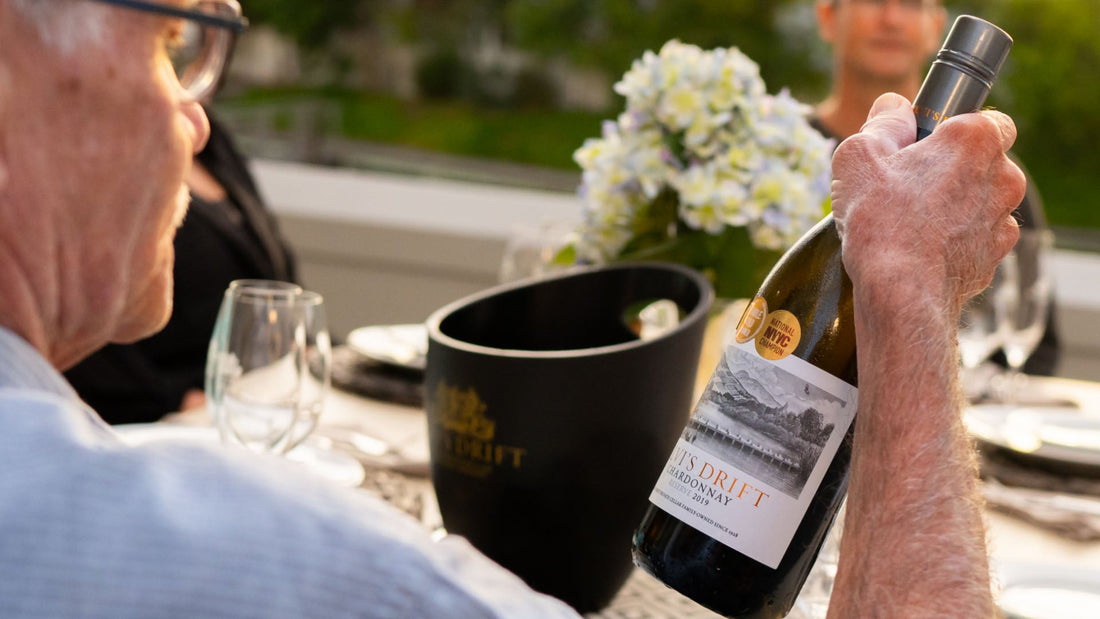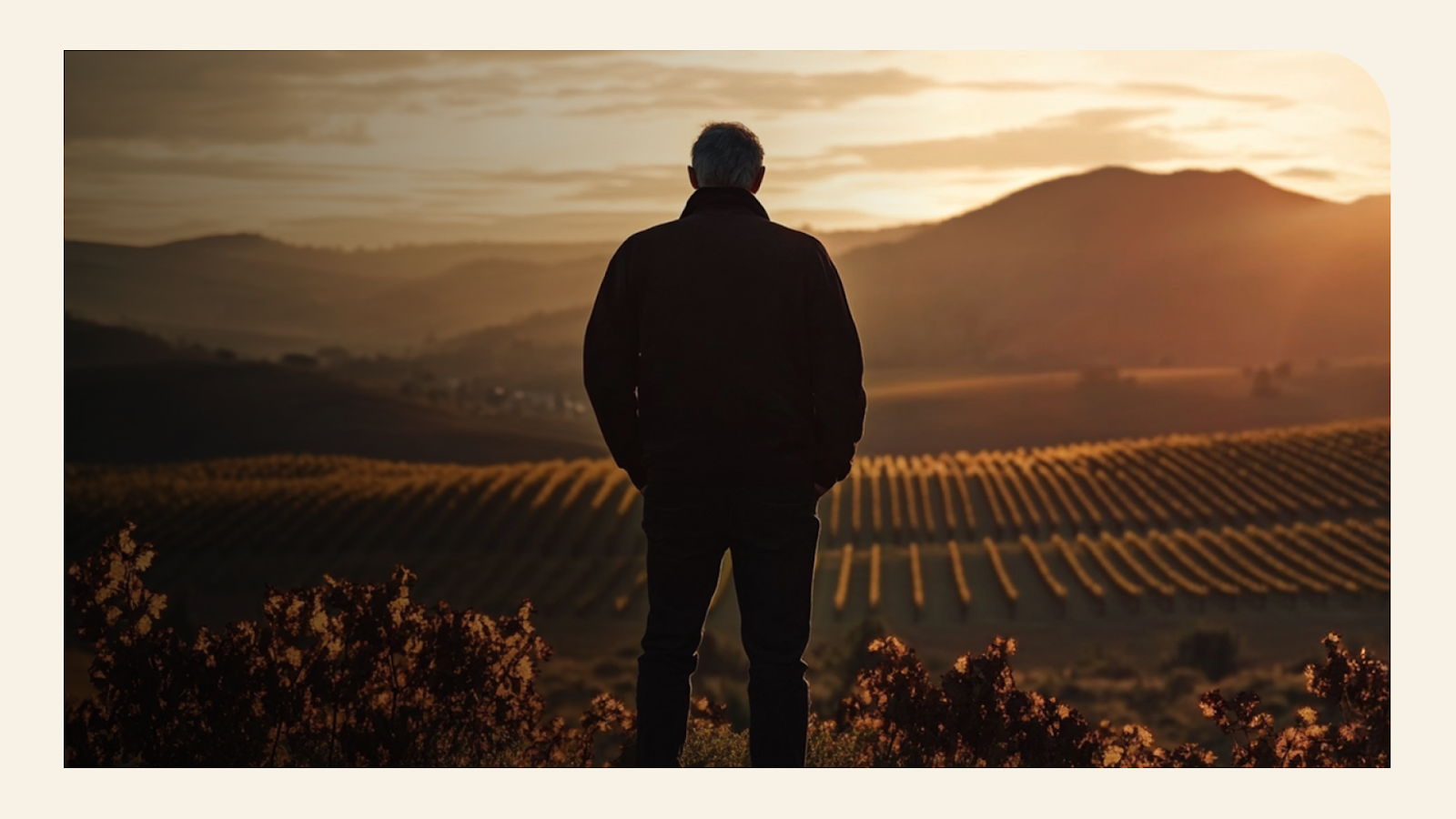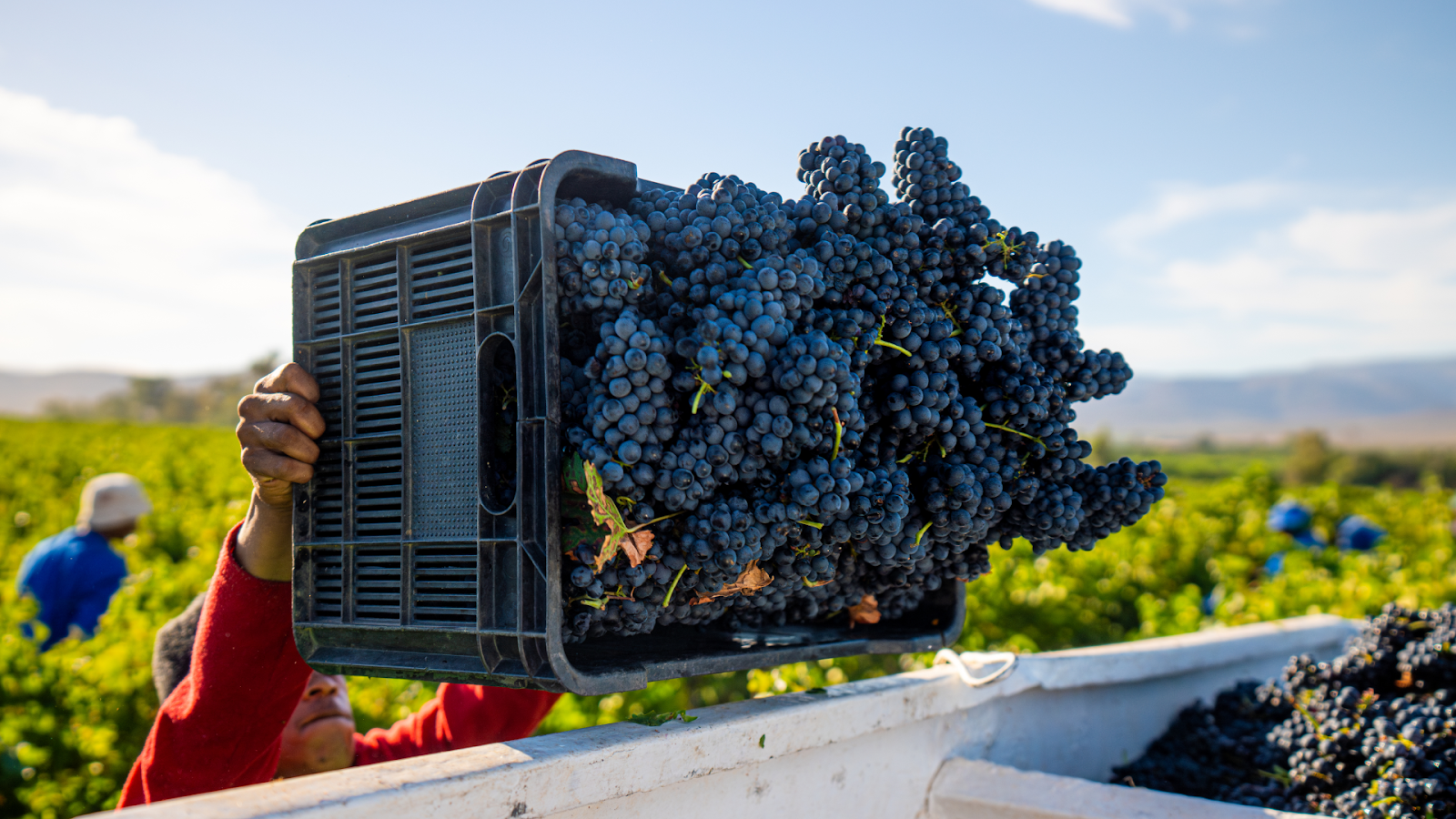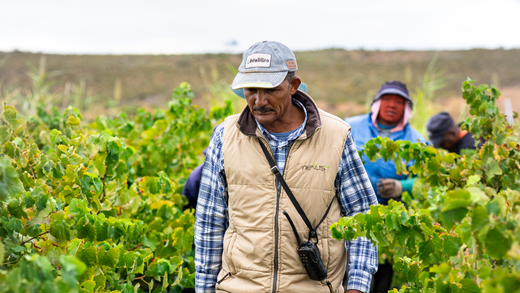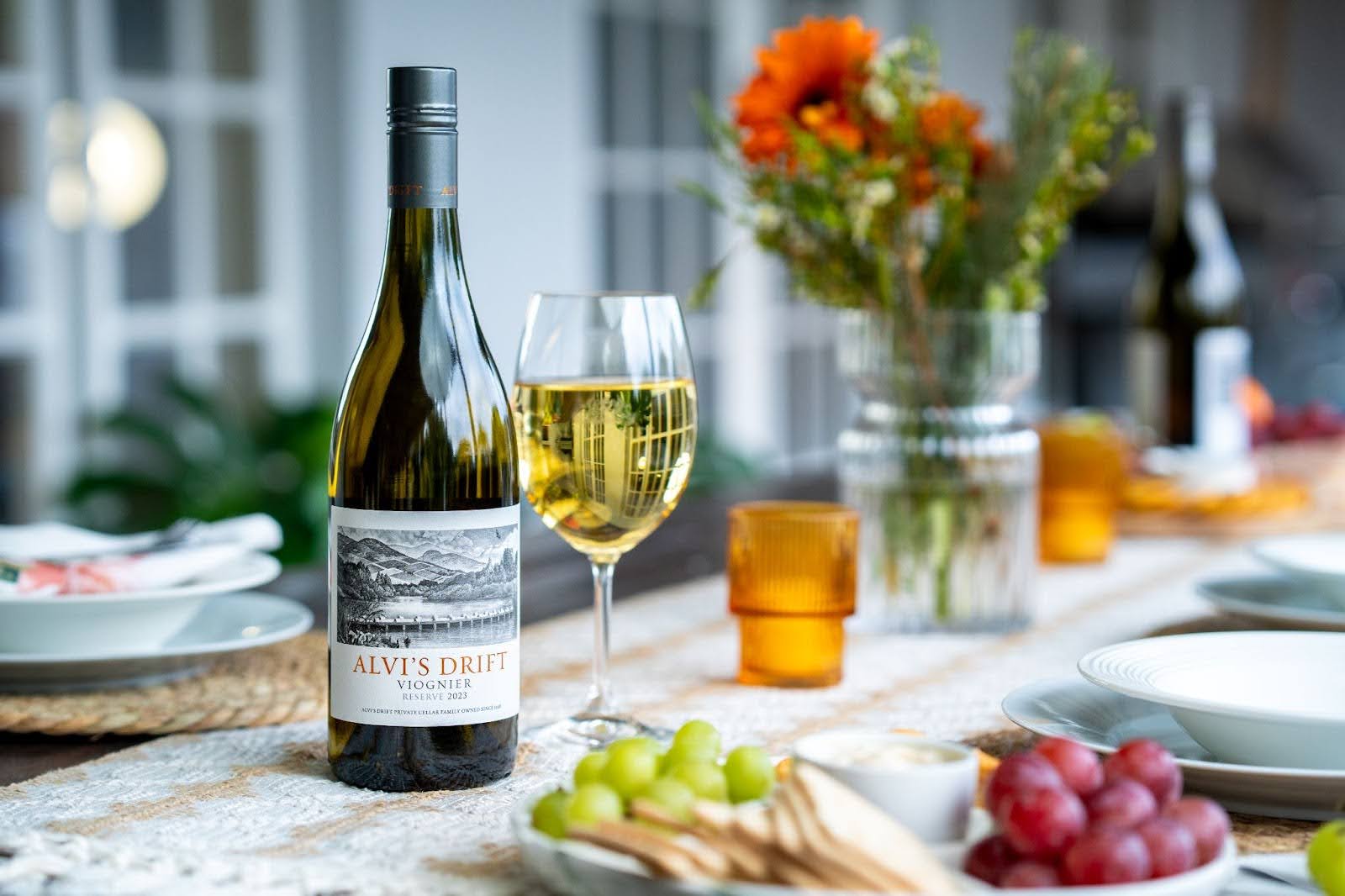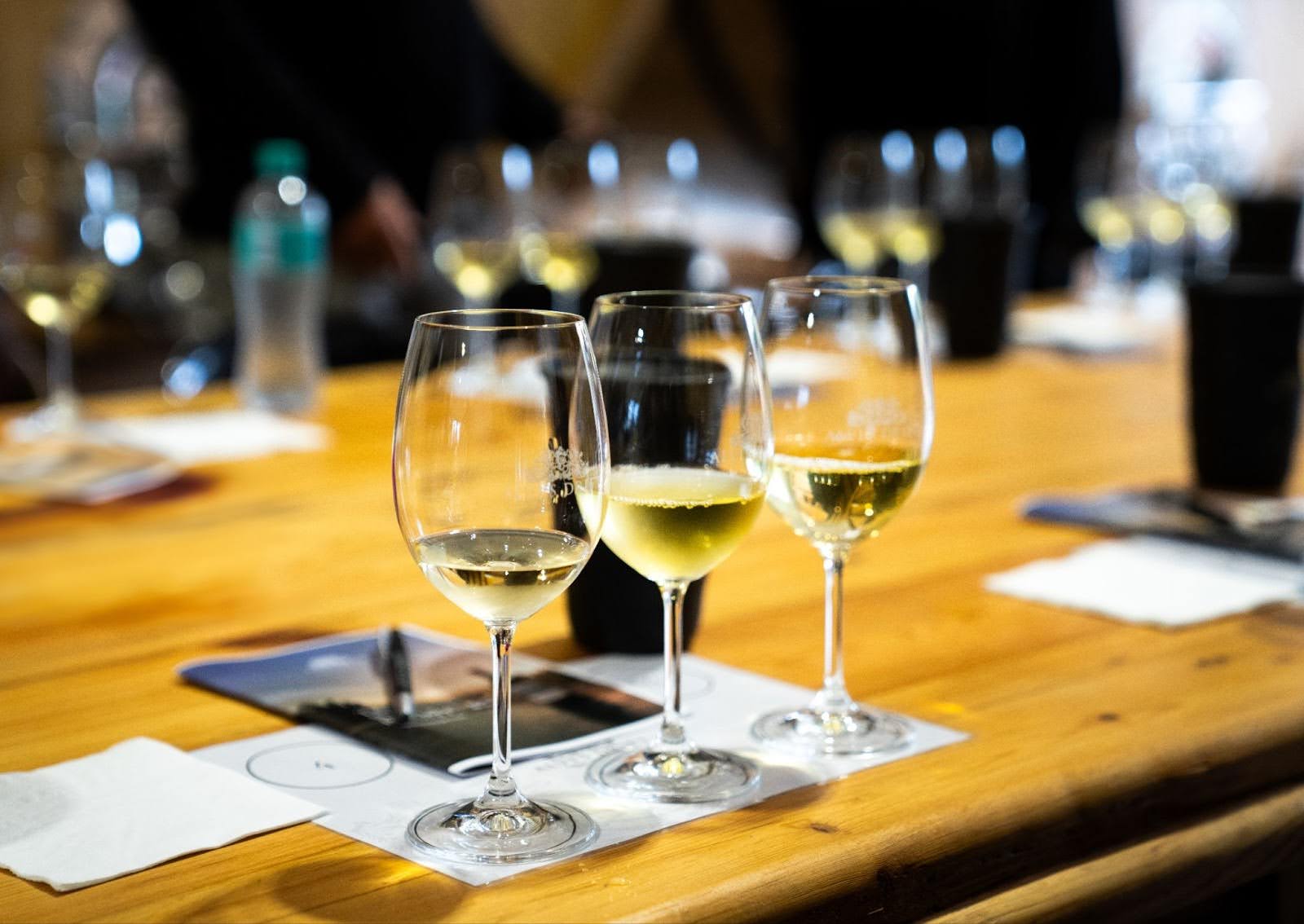Few things in life bring wine enthusiasts as much joy as building a wine collection of their own. Acquiring wines from people and places that hold special meaning certainly adds another dimension to the art of wine appreciation. Yet, how to store wine is something wine collectors frequently want to know more about, especially those just starting out on their journey.
How to store wine is a crucial consideration indeed, as storing wine correctly is a significant aspect of curating any wine collection. Not storing wine properly can cause expensive wines to go to waste, creating immense disappointment when a wine that has been carefully aged for years (sometimes decades) is finally opened.
Why It’s Important to Store Wine with Care
When wine is stored correctly, it can last a very long time. In some instances, it lasts decades or even centuries, increasing in quality and value as it ages. But incorrect storage can ruin even the best of wines. Opening a bottle of wine that has spoilt in some way is not just a great disappointment, it is also a terrible waste and a financial loss for the collector.
In this blog, we’ll explore the ins and outs of storing wine in the short and long term. We’ll also take a look at the proper way to store wine that has been opened but not yet consumed. But before we do that, let’s investigate which wines are worth maturing, and which are better enjoyed immediately, or soon after purchase.
Why Certain Wines Are Better Aged, and Others Best Enjoyed Straight Away
Most wines are produced to be enjoyed before they reach five years of age. Before spending lots of money on expensive wines that you plan to mature, do the necessary research to ensure that you store wine that is indeed worthy of extensive ageing. That said, certain wines really shine after years of careful cellaring. So, which wines will reach their full potential after years of maturation?
Store Wines That Boast the Perfect Traits
Wines that age the best are wines with superior structure. What lends great structure to wine? Structure is imparted by tannins, which are, in turn, imparted by grape stems, seeds and skins during maceration. This makes red wine the most suitable candidate for ageing.
When looking at it from a chemistry point of view, there are three characteristics that increase a wine’s maturation potential. They are: acidity levels; the quality and quantity of tannins; and, when it comes to sweeter wines, sugar content. Wines with higher levels of acidity tend to age better, as the acidity acts as a preservative.
White Wine – To Age or Not to Age?
For the most part, white wines are created to be enjoyed fresh and young. Typically, white wines aren’t aged for as long as their red counterparts, as most white grapes are not fermented on their skins. Therefore, it is simply the difference in winemaking technique that decreases its ageing potential.
However, there are certain exceptions. As they have naturally high levels of acidity (a big indicator of age-worthiness in wine) and a tendency to contain residual sugar, both Chenin Blanc and Riesling are white wine varietals with characteristic longevity, making them suitable for ageing. Cool-climate white wines that tend to have lower levels of alcohol and higher levels of acidity are also excellent candidates for ageing. If the wines boast highly concentrated fruit flavours, all the more so.
Sparkling bright with a pale-straw colour and youthful, lime-green edge, this wine boasts a forthcoming nose with intense aromas of fig leaf, gooseberry, and lemon zest.
Other white wines with firmer structures that are good candidates for maturation are Chardonnay, Semillon and white Bordeaux blends (Sauvignon Blanc and Semillon blends aged in oak barrels). If they are wooded (also known as ‘oaked’), this will increase the wines’ ageing potential.
Which Red Wines Are Most Suitable for Ageing?
Ageing the perfect red wine is an art. You will only want to invest in and mature high-quality or award-winning wines. Cabernet Sauvignon and Bordeaux-style blends, including Cabernet Franc, Merlot, Malbec and Petit Verdot, are all fantastic choices. Select Pinotage wines can age for around a decade too. However, always seek out top awarded wines, and know who produced them.
Rhône-style blends also have great maturation potential, as do Shiraz, Grenache and Mourvèdre blends. Certain Pinot Noir wines, Sangiovese and Chianti blends age beautifully too. Keep in mind: the red wines that mature optimally are ones made from grapes with naturally high tannin structures, like Cabernet Sauvignon and Tannat. Should you wish to mature a Port wine, opt for a late bottled vintage or reserve vintages.
Finely aged red wines develop a smoother, more robust character with age. This is due to the specific manner in which red wines are produced.
During red wine’s fermentation stage, grape skins, seeds and stems macerate inside the juice – effectively ‘marinating’ in the precious liquid, imbuing it with rich flavour. This maceration is the primary reason for red wine’s characteristically bold tannins and acidity which, in turn, help to preserve it for longer. Notably, tannins and acidity also bestow on red wine its excellent ageing potential, not to forget its delectable taste!
Another vital detail to note is that red wines, unlike their white counterparts, are mainly fermented in wooden barrels instead of stainless-steel fermentation tanks. Maturing wine in wood (at Alvi’s Drift, we mainly make use of American and French oak barrels) leads to intensified micro-oxidation, allowing the tannins to permeate throughout the liquid.
Wood maturation certainly makes red wine more structured. However, lighter-bodied red wines that are lower in tannins and intended for immediate consumption are plentiful. Such wines are ideal if you prefer your red wines lighter and not requiring years of cellaring.

A well-constructed wine cellar will be the most reliable option for storing wine in optimal conditions.
Long-Term Wine Storage at Home
Storing wine in just the right conditions should ensure both high-quality and high-value results. The opposite is true, too: careless or incorrect wine storage will spoil even the most excellent, costly vintages. Whether you have lots of space to spare or a mere free corner, there’s a wine storage solution to keep your prized collection in top condition, and ready for enjoyment in many years to come.
Wine Cellars
Should you have the required space, budget and appetite for extensive home alterations, consider adding a wine cellar to your house. A well-constructed wine cellar will be your most reliable option for storing wine in optimal conditions until peak maturation, even for decades on end.
A home wine cellar’s most useful feature is that, unlike a wine fridge, it consistently maintains ideal levels of humidity. This is an invaluable characteristic, as maintaining the right humidity will prevent wine corks from drying out and shrinking to let in air. This is something that can cause wines to oxidise and spoil, rendering them undrinkable – and worthless.
Wine Fridges
A wine fridge is ideal for wines you intend to open and enjoy within the next five years. Also known as wine coolers, these fridges maintain a temperature of 11-14°C or 52-57°F. Wine fridges keep wines safe from extreme temperature fluctuations, something that will negatively impact the wines’ natural ageing processes.
If you appreciate a variety of wine types and styles, you may want to opt for a dual-zone wine cooler. This type of wine cabinet allows you to store half of your bottles at one temperature and the remainder at another temperature. White wines will typically be stored in the fridge’s colder section, while red wines will mature in the warmer section.
Some wine enthusiasts even consider dual-zone wine cabinets superior to wine cellars, since they can more effectively keep specific wine styles and varietals at their ideal storage temperatures.
Where to Store Wine at Home: Alternative Locations
Another option is to seek out a dark, cool nook inside your home, like a disused closet, cabinet or even the storage space under a staircase (where the temperature is more likely to be stable than, for example, in the kitchen, basement or attic). A passage where there are no outside walls that can influence the room temperature also works marvellously.
Just ensure that the place you choose to store your wine at home is secure and won’t have wine bottles knocking against one another. Also, be sure to avoid areas where sound or other vibrations are likely to negatively affect your wines, such as next to the speakers of a sound system.
Storing Wine Away From Home
Sometimes, storing a wine collection at home is not a viable option, either because of space or other constraints. In such cases, professional wine cellaring might be the ideal solution. Such wine-storage facilities will keep your wines safe and secure under ideal conditions until you’re ready to enjoy them.
Storing Sparkling and Cap Classique Wines
It should come as no surprise that sparkling or Cap Classique wines have different storage requirements than still wines. Sparkling wines should, ideally, be stored at a temperature of 12-14°C (around 53-58°F) and served at 5-6°C (41-43°F). Ageing at lower temperatures slows the maturation process and gives sparkling wines ample time to develop their full bouquet. Also, take our head winemaker, Alvi van der Merwe’s advice: store sparkling wine bottles vertically for the best results.
How to Store Wine: Bottle Orientation
Wines topped with cork stoppers should always be left to age horizontally (on their sides), as this will keep the corks moist. Although, please note that Port wines must be stored upright. When the cork inside a wine bottle dries out and shrinks, the wine inside will receive oxygen and oxidise at an accelerated pace, spoiling the contents. Screw-cap-topped wines do not pose this problem, and can absolutely be stored upright. However, vertical storage takes up more space than horizontal storage, so many wine aficionados choose to store screw-cap wine bottles, like those in our Alvi’s Drift Signature range, on their sides as well.
As mentioned before, one notable exception to this rule is Cap Classique/champagne. After conducting thorough research, Alvi concluded that it is advisable to store sparkling wines upright instead of on their sides.
Wine Home Storage: The Basics
When storing wine at home, in order to achieve the best results, there are a few key factors to keep in mind:
- Always store wine at the correct temperature. Whether using a wine cellar, wine fridge or simply storing wines in a nook in your home, ensure it is a cool, dark area with little to no temperature fluctuation
- Keep your wine collection away from light. Too much UV light exposure will rapidly age all types of wine
- Ensure your wines are stored at the correct and consistent humidity levels. Never store wines in a standard refrigerator for more than a couple of months on end. The changing humidity levels (and contact with food) may cause corks to crumble or develop mould
- As a rule of thumb, store wine bottles on their sides. Doing so will keep corks moist and prevent shrinkage. Horizontal storage will save storage space as well

Sparkling wines should ideally be stored at temperatures between 12-14°C or around 53-58°F.
Storing Wine in the Short Term at Home
You may be surprised to learn that short-term wine storage doesn’t differ significantly from long-term storage. Although the goal of short-term storage isn’t to age wines, you still want them to taste their very best once opened.
When you intend to store wine in the short term, it’s usually for no longer than six months for sparkling and Cap Classique wines, and 12 months for both red and white wines. Ensuring stable and correct temperature and humidity levels remain essential, as this will protect corks against shrinkage and wines from accelerated ageing. You also want the wine storage environment to be free from odours and vibrations, with no direct exposure to UV light.
A wine cooler is ideal for short-term wine home storage, as it will allow you to keep wine bottles on their sides, preventing corks from drying out. A dark box in a cool environment that allows bottles to lie horizontally is a viable alternative as well. Should you go this route, remember to always bring wines to the correct temperature before serving.
Storing Leftover Wine
Sometimes, even the greatest wine enthusiasts find themselves having to store an unfinished bottle of wine. Here are a few general guidelines to adhere to when aiming to extend the lifespan of leftover wine.
- Firstly, minimise oxygen exposure as much as possible, as this leads to chemical reactions that result in the wine tasting of vinegar.
- Pour any leftover wine into a smaller container, then seal it tightly to slow the oxidisation process (you can also opt to merely re-cork the opened bottle).
- A champagne stopper provides a tight seal and can extend the life of an opened bottle of sparkling wine for up to two days (instead of just one).
- Store wine in the fridge after resealing, whether the leftovers are red, white or sparkling. Yes, even a standard refrigerator will do. You want to keep the wine bottle upright in a vertical position, as a greater surface area is exposed to oxygen when the bottle is stored horizontally.
Wine Storage Gone Wrong: Recognising Spoilt Wine
There’s no need to develop your wine palate and tasting skills to identify the unpleasant taste of spoilt wine. You can also usually tell opened wine is past its prime simply by examining its colour. Spoilt white wines tend to take on golden hues, while spoilt red wines lose colour, turning shades of brick and brown.
Does spoilt wine still have some uses? Absolutely. Opened wines whose taste has gone slightly off are often still perfectly suitable for cooking purposes, especially in recipes that require extensive cooking time, like marinades, sauces and stews. You want the alcohol to evaporate and the flavour to blend in seamlessly with the dish.
Can Wine That’s Past Its Prime Still Be Used for Cooking?
Even wines that are well beyond inclusion in dishes still have their use. Turn sour-tasting wines into vinegar by combining them with grape or balsamic vinegar in an airtight container. Leave the mixture to rest at room temperature for around a month, and voilà – you now have a tasty cooking vinegar!
What Is the Lifespan of Opened Wines?
When you store wine after it’s been opened, its lifespan is influenced by its structure (think acidity levels, sugar content and the like) and the amount left in the bottle. Bottles containing more leftover wine tend to last longer.
Generally speaking, different wine types remain in good, drinkable condition as set out below:
- Sparkling and Cap Classique wines: 1-3 days in the refrigerator when sealed with a sparkling-wine stopper
- Full-bodied white wines: 3-5 days in the refrigerator when re-corked
- Red wines: 3-5 days when re-corked and stored in a cool, dark place
- Light white and rosé wines: 3 days in the refrigerator when re-corked
Wine Storage Through the Ages
Assuming that it’s possible to resist the temptation of opening and savouring a superb, well-matured bottle of wine, it begs the question: precisely how long can wine be aged?
Prepare to be amazed, because the oldest bottle containing wine ever discovered was found to be more than 1,700 years old!
In 1867, archaeologists excavating a tomb in Speyer, Germany, came across the remarkably well-preserved Speyer Wine Bottle. This incredible artefact still contained wine, as a wax seal and a good amount of olive oil mixed into the liquid prevented its contents from evaporating.
Winemaker's Note:
Even if you’re storing entry level wines that don't need maturation, like our Signature Range, store it in a cool, dry place where the temperature is most likely to remain consistent.
Shop Online and Taste Our Award-Winning Wines
Have you found your favourites among our collection of superb, award-winning wines yet? We have Alvi’s Drift wines perfect for immediate enjoyment, as well as wines created for long-term maturation, so have a browse through our online shop today!
